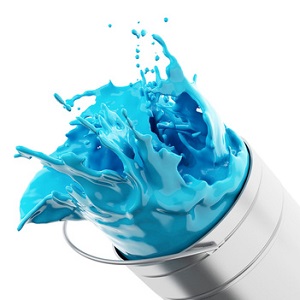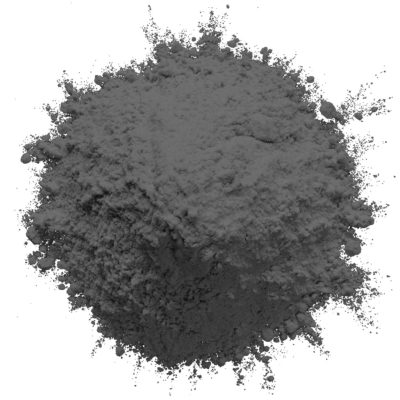Iron oxide pigments are among the most versatile and essential colorants found in paints, used across industries from industry and automotive to decorative paint applications and in general decoration.
Iron oxide pigments offer exceptional lightfastness, tinting strength and UV absorption – qualities which make them especially helpful for anticorrosive coatings. It provides many shades of red, blue, brown, black , green and yellow to match natural wood finishes while providing lasting protection from corrosion in outdoor conditions.
Synthetic iron oxides can be produced using various processes, but precipitation is generally considered the highest-quality method. This process entails reforming various oxides, oxyhydroxides and hydroxides of iron into pigment particles with distinct colors and sizes. A comprehensive description of these oxides as well as their properties can be found in technical literature.
Particle sizes of oxides vary significantly depending on their source or preparation process, with hematite typically being a fine powder while goethite and magnetite typically being coarser in their particle form.
Furthermore, their morphologies also differ – with hematite having laminar structures while goethite and magnetite tend to have more uniform structures as a result of crystallization processes being slower with hematite’s long period leading to distinctive laminar shapes easily seen through SEM images of particles.
Modern synthetic iron oxide production typically employs solution methods. Environmental considerations during manufacturing of materials are another crucial element.
This is particularly relevant when using wet-process methods where it may be necessary to re-use acid solutions containing solid fine particles; such reusing may require extensive water treatment facilities to comply with environmental standards and ensure compliance.
Oxidation of metallic iron compounds by air produces sludge which must be stored and handled carefully to minimize pollution problems, creating significant costs to industry.
Iron oxide dispersions used in automobile paints are produced in large volumes through dispersion processes. Although typically produced by paint formulators themselves, due to the complexity of producing uniformly consistent particle sizes it is usually more cost effective and easier for specialty dispersion houses to create them.
Iron oxide dispersions are found in solvent- and waterborne paints alike and even give pots and other items their vibrant hue.








Leave a Reply